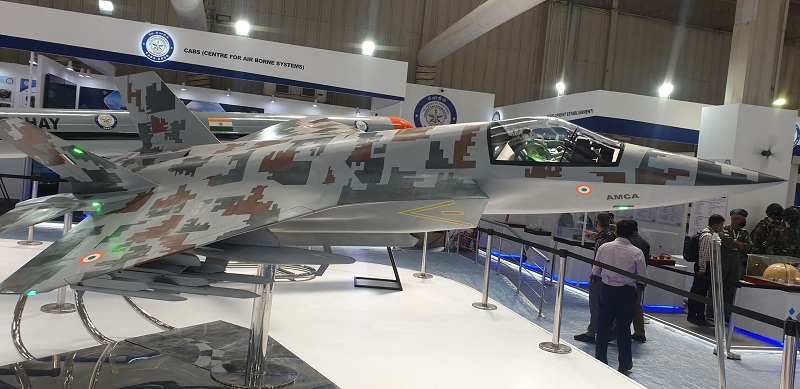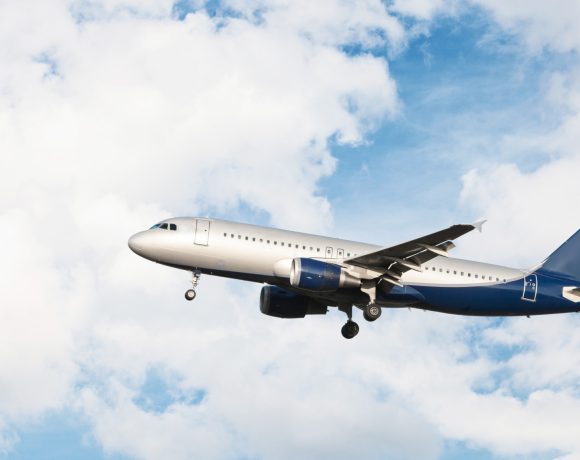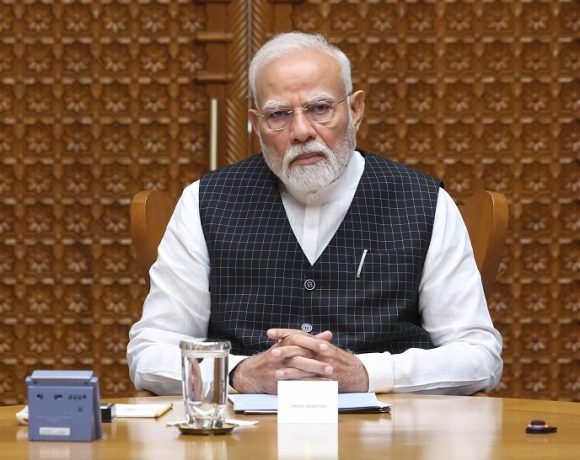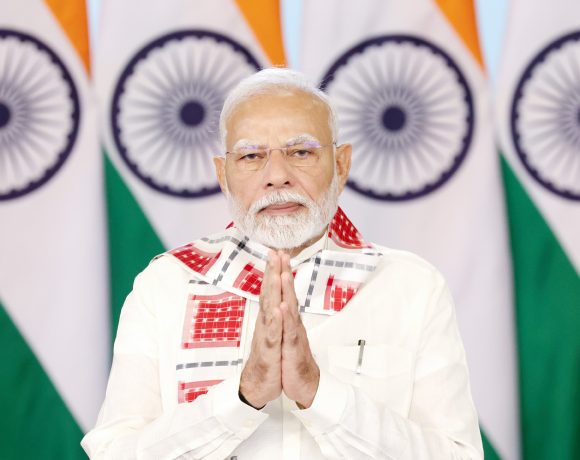
GTRE Demands Full IPR and ToT for AMCA Jet Engine
India’s ambition to develop a next-generation stealth fighter under the Advanced Medium Combat Aircraft (AMCA) program has gained momentum as the Gas Turbine Research Establishment (GTRE) sets uncompromising terms for engine development. GTRE has made it clear that any foreign collaboration on the AMCA engine must include full Intellectual Property Rights (IPR) and 100% Transfer of Technology (ToT), reflecting a firm push toward strategic autonomy.
The AMCA, a 5.5-generation stealth fighter with supercruise capabilities, requires a high-thrust engine in the 110–130 kN range. Given the complexity and strategic significance of such propulsion systems, GTRE has underlined that India cannot afford to rely on foreign control over any aspect of the engine. Retaining full IPR would allow India complete freedom in production, upgrades, and exports without seeking external permissions or facing embargoes.
Several foreign aerospace firms are in the race to partner on the AMCA engine. UK-based Rolls-Royce is leading the pack, offering a clean-slate 110 kN engine design along with full IPR and ToT—terms that align perfectly with India’s conditions. This proposal taps into Rolls-Royce’s experience in 6th-generation engine architecture and is being seriously considered by Indian defense planners.
On the other hand, French company Safran has proposed full technology transfer but insists on retaining 50% of the intellectual property rights. GTRE has rejected this proposal, reiterating that partial ownership would undermine India’s long-term independence in engine development. Similarly, American engine manufacturer General Electric has reportedly offered 90% technology transfer while keeping full IPR, which again does not satisfy India’s strategic criteria.
GTRE’s tough negotiation stance is rooted in hard lessons from past experiences like the Kaveri engine project, where limited access to critical technologies delayed progress and limited scalability. By demanding full control this time, India aims to establish a solid foundation for its indigenous military aerospace sector.
The engine program will not only be critical for the AMCA but could also set the benchmark for future combat aircraft, drones, and exports under India’s defense diplomacy. With the world closely watching, India’s demand for full IPR and technology transfer in this program underscores its evolving status as a self-reliant defense power.


















